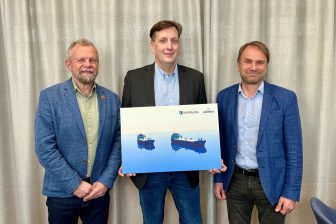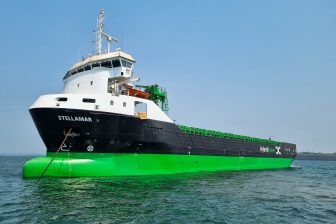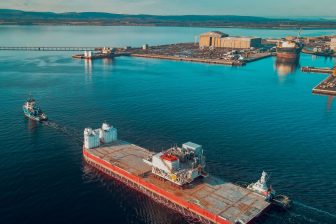
AAL targets flexibility in operations and newbuild program
Hitting the mark with the right service is what seems to be the main focus for the multipurpose shipping specialist AAL. Like many others, the company has been forced by the market environment to shift its approach to business slightly and make sure it provides flexibility in operations and on their vessels to best serve the volatile market.
Speaking to Project Cargo Journal, Felix Schoeller, commercial director at AAL shipping, said the company’s fleet profile is adapting to the needs of the market. “When you look at our fleet profile, around 10 years ago, we took delivery of our A Class, which at the time was a very flexible ship. We looked for a design which not only has 700-ton lifting capacity but could also accommodate different types of cargo,” Schoeller said.
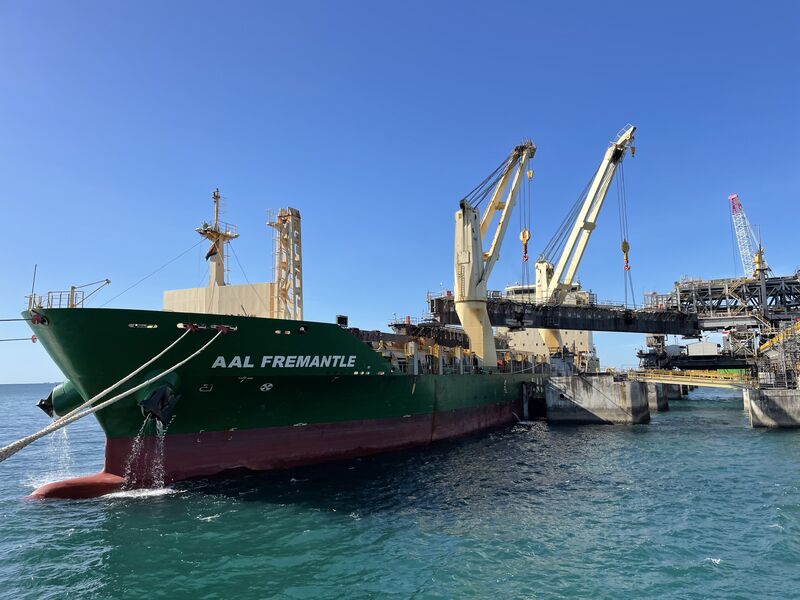
For its newbuild program, AAL looked into a solution that will provide even more flexibility for project clients as well as for breakbulk clients. To remind, AAL has placed orders for a total of six newbuilds to be delivered in 2024 and 2025.
These are the Super B class vessels with 33,000 dwt featuring three 350-ton cranes and a long deck of 150 metres with two cargo holds of 80 and 50 metres. “These ships are catered towards square metres,” adds Schoeller, noting that the design is just right for customers with a lot of cargo to move.
Timely Orders
The orders for newbuilds have come at the right time, as finding yard space has become harder with container carriers occupying the slots at shipyards. This is due to the demand for container vessels and bulk carriers as well, but also due to the fact that container vessels can be built a lot faster and at a higher price point compared to the MPPs.
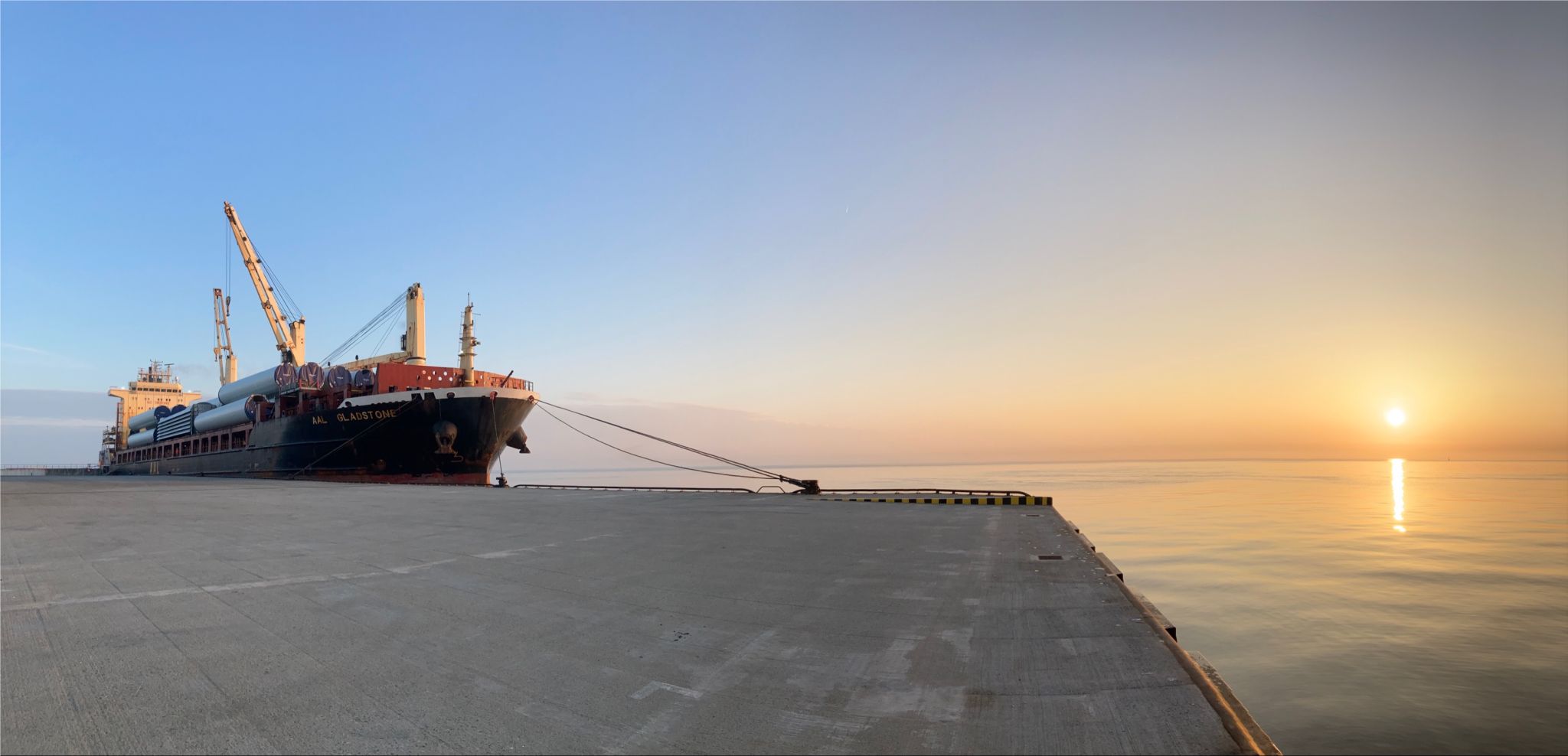
“Of course MPPs are more complicated to build. If you look at our Super B Class, the new buildings we have commissioned are a completely new design. This is not an off the shelf design. You would have the same thing from other carriers that want to order or have just ordered. Everyone has specific requirements, and builds it towards a certain trade or market segment,” says Schoeller.
The simplicity of offering an off the shelf design for container carriers, with slight modifications, makes it easier for yards to choose container builds rather than MPPs.
AAL reinvesting in the future
However, investing in hardware and people is what AAL is focusing on. While the rates have given shipowners and operators a healthier profit margin, players like AAL have also seen variable costs go up, with bunkers, port congestion, stevedoring costs, and port costs all increasing.
Despite this, AAL has opted to reinvest in hardware and the right staff. “We are reinvesting in the right hardware because that is what is going to keep our industry innovative and afloat for the next 10 years and ensure that the big projects, and other general cargo can be transported,” stresses Schoeller.
View the full interview with Felix Schoeller recorded at the Breakbulk Europe event held in Rotterdam.
You just read one of our premium articles free of charge
Register now to keep reading premium articles.


